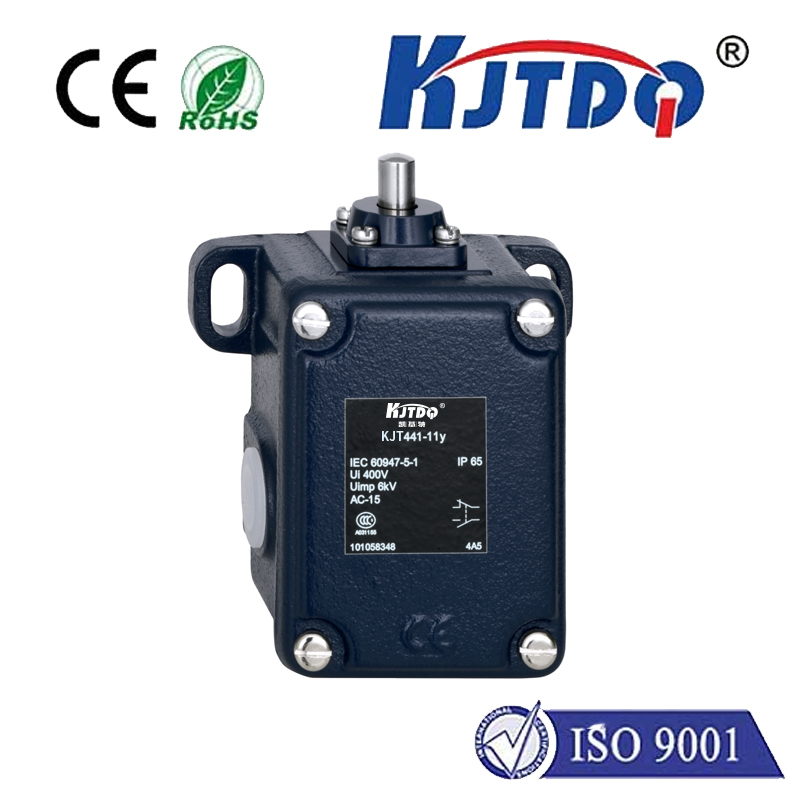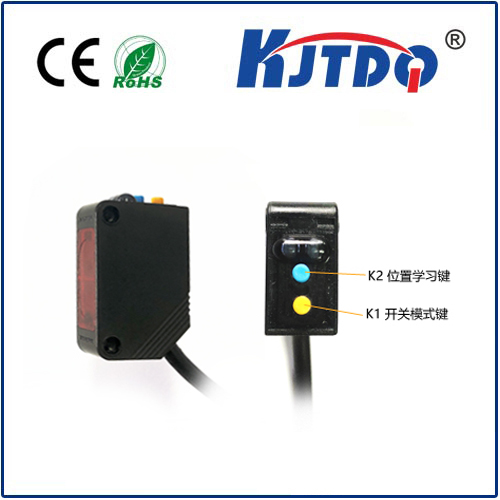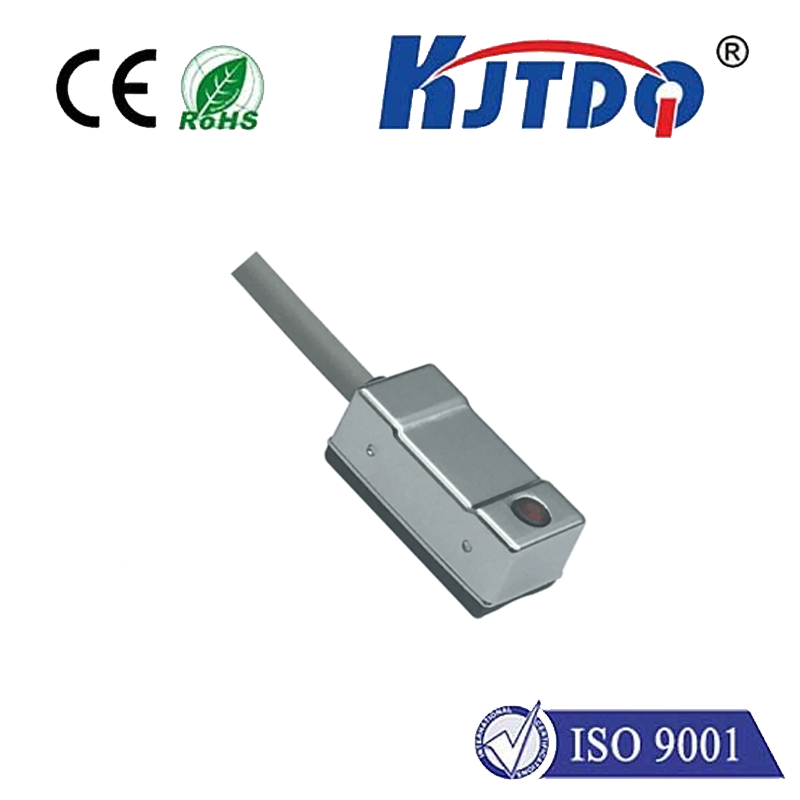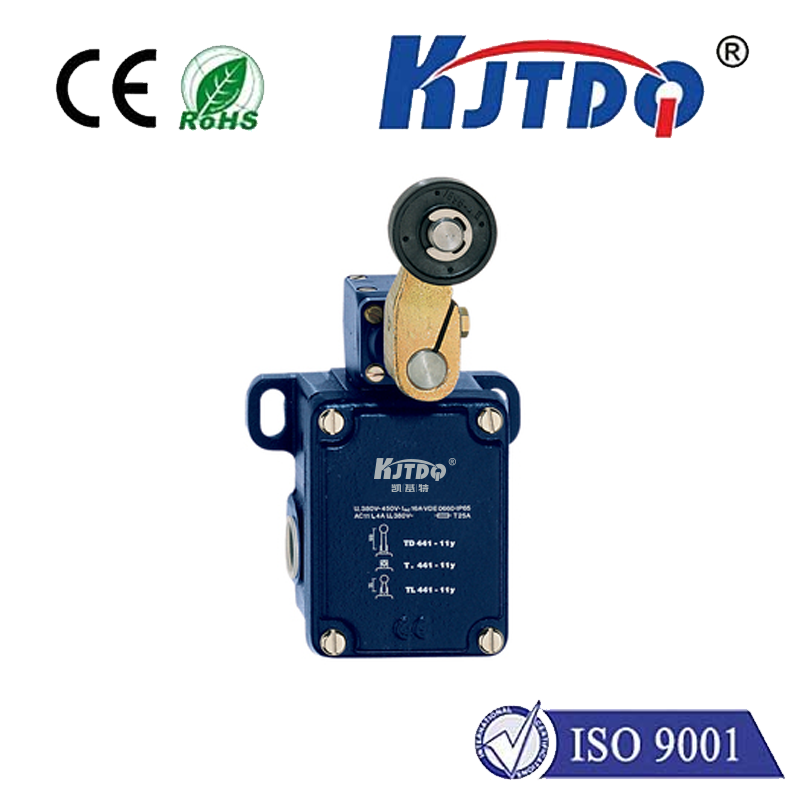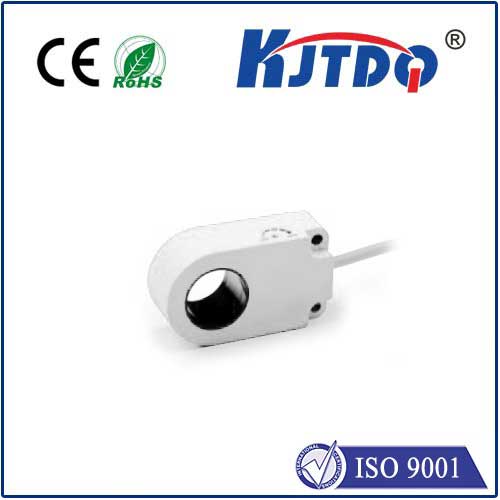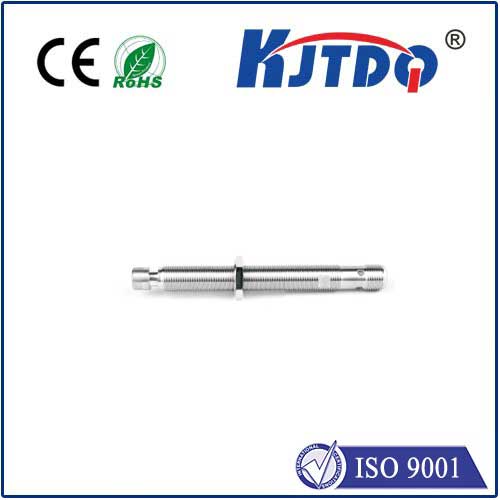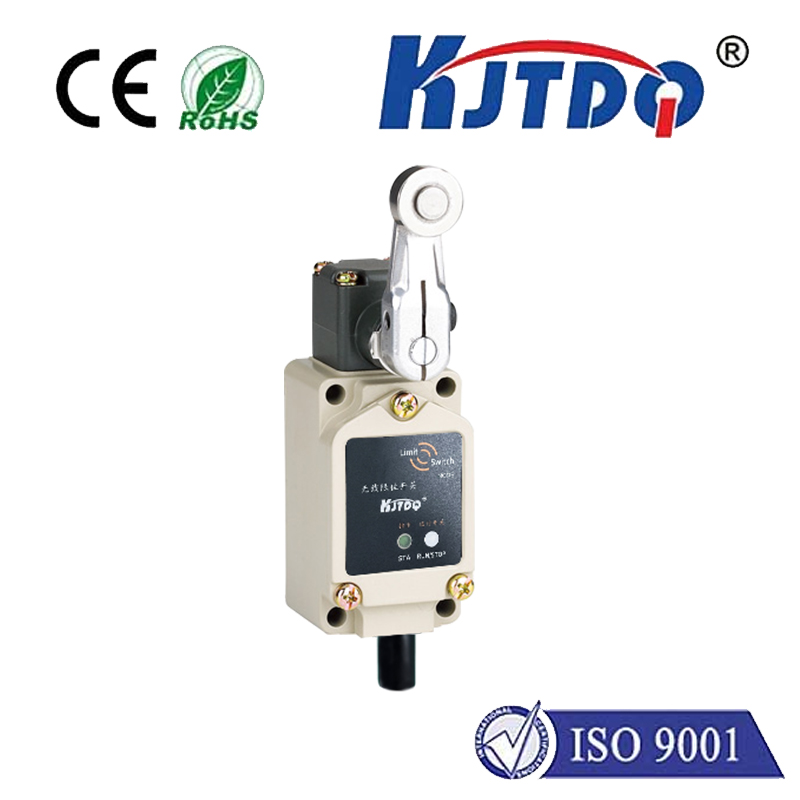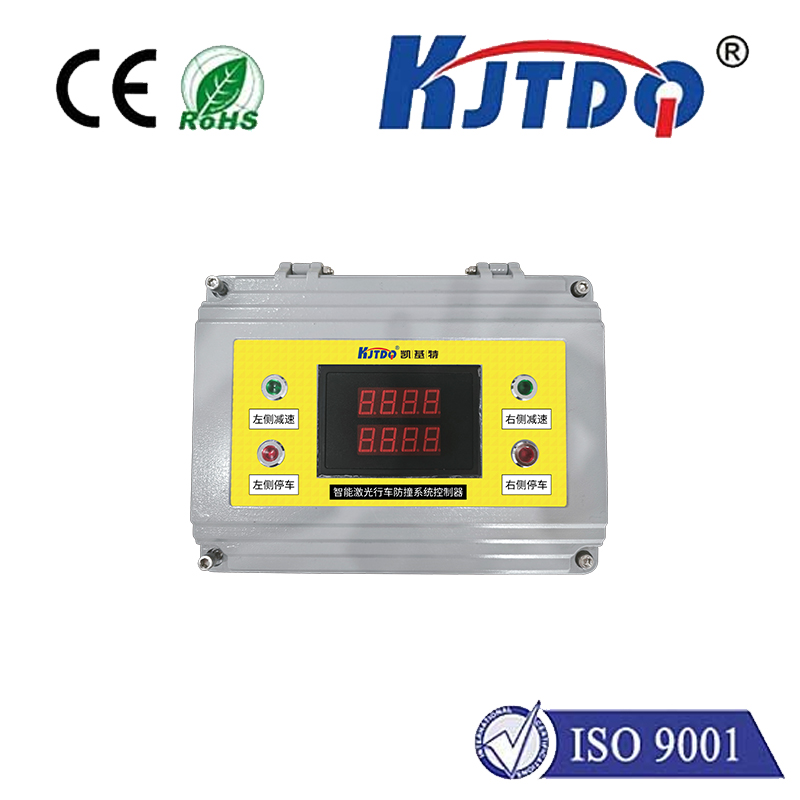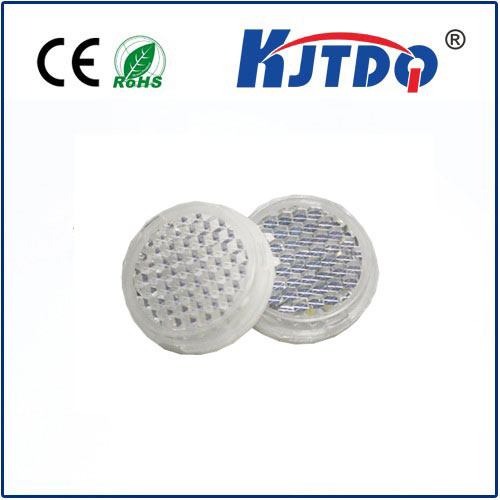
check

check

check

check
The Range of Capacitive Proximity Sensors: Unlocking Potential in Modern Technology
Capacitive proximity sensors are revolutionizing the way we interact with the world around us. These sensors use electric fields to detect the presence or absence of nearby objects without physical contact. As technology continues to advance, so does the range of capacitive proximity sensors. Let's explore the different types and their applications in modern technology.
Types of Capacitive Proximity Sensors
There are two main types of capacitive proximity sensors: self-capacitance and mutual capacitance. Self-capacitance sensors use a single electrode to detect changes in capacitance caused by an object's presence. Mutual capacitance sensors, on the other hand, use two electrodes to create an electric field that can detect changes in capacitance when an object comes into proximity. Both types have their advantages and disadvantages, making them suitable for different applications.
Applications of Capacitive Proximity Sensors

Capacitive proximity sensors have numerous applications in modern technology, from smartphones and wearable devices to automotive systems and industrial automation. Here are some examples:
1. Smartphones and Wearable Devices
Capacitive proximity sensors are commonly used in smartphones and wearable devices such as smartwatches and fitness trackers. They allow users to interact with these devices without physically touching them, reducing the risk of damage or contamination from germs and bacteria. For example, a user can wake up their smartphone screen by simply waving their hand over it.
2. Automotive Systems
In automotive systems, capacitive proximity sensors are used for various functions, including keyless entry, start buttons, and touchscreen controls. They provide a seamless user experience by detecting the driver's proximity and responding accordingly. For instance, a car door may unlock automatically when the driver approaches the vehicle with the key fob in their pocket.
3. Industrial Automation
Capacitive proximity sensors are also widely used in industrial automation for tasks such as object detection and sorting, conveyor belt monitoring, and robotic arm control. They offer high accuracy and reliability, making them ideal for demanding environments where precision is crucial. For example, a capacitive proximity sensor can detect the presence of a metal part on a conveyor belt and trigger a signal to sort it into the appropriate bin.
4. Home and Office Automation
Capacitive proximity sensors are becoming increasingly popular in home and office automation systems. They can be used for motion detection, energy-efficient lighting control, and security systems. For example, a smart thermostat equipped with a capacitive proximity sensor can adjust the temperature based on whether someone is present in the room or not.
Conclusion
The range of capacitive proximity sensors continues to expand as technology evolves. These sensors offer numerous benefits, including non-contact interaction, high accuracy, and ease of integration into various systems. As we move towards a more connected world, capacitive proximity sensors will undoubtedly play a vital role in improving our daily lives through enhanced functionality and convenience.
